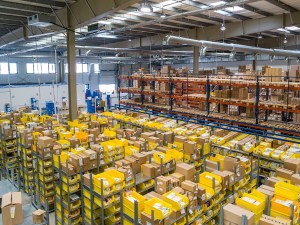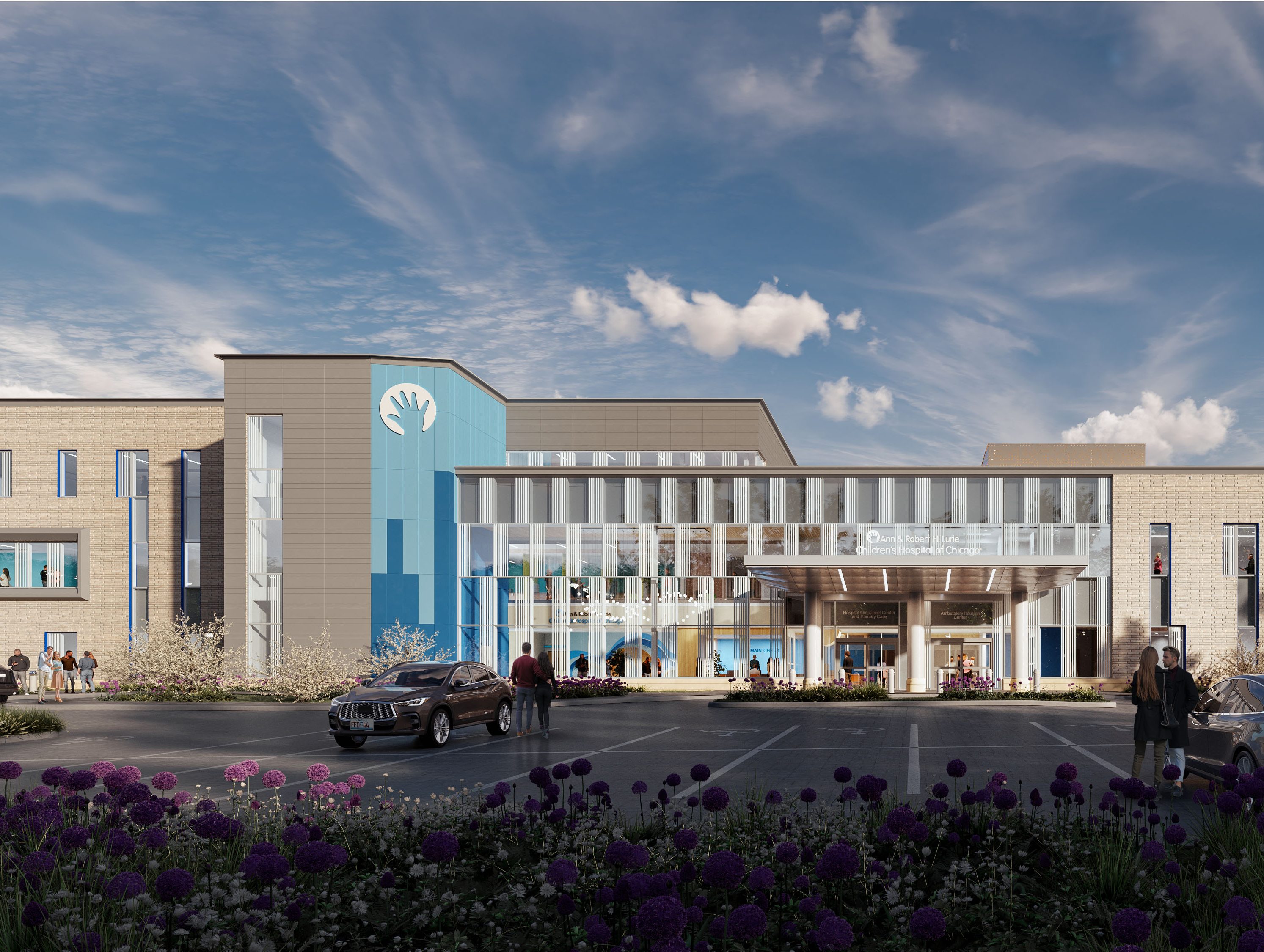Warehouse Development to Drop in 2023: Prologis
Predictions also include a movement in the market's centers of gravity, both within the U.S. and globally.
The upcoming year will see a dip in U.S. warehouse development (even though rents continue to rise), a shift in development from California to Texas, and a resurgence of e-commerce leasing, among other trends.
All this is according to a new forecast from Prologis—Seven Supply Chain Predictions for 2023: E-Commerce, Growth Markets, Green Building and More.
At the top of the list, the forecast predicts that warehouse development starts in the U.S. will fall—by about 60 percent—to their lowest level in seven years, causing a shortfall of space by 2024. The reason, Prologis says, will be the quickly rising cost of capital, even as rents rise.
The report notes that if the currently unleased construction pipeline of 365 million square feet were to be delivered today with zero absorption, current overall market vacancy would jump to 5.9 percent, still well below long-term average of 6.4 percent.
READ ALSO: How Deals Will Fare in 2023: PwC
Prediction #2 is that, as California’s shortage of developable land worsens, leading municipalities in places like the Inland Empire would enact moratoriums on industrial development, and Texas will take the top spot for net industrial absorption.
Which leads into Prediction #3, that as nearshoring drives demand near the U.S.’ southern border, warehouse demand in Mexico will hit a record level. Already, Prologis reports, expansions related to nearshoring comprised half of new leasing this year, with Monterrey, Juarez and Tijuana being the main beneficiaries.
Prediction #4 is farther afield, forecasting that India will surge to be the third-most-active nation for development starts, after the U.S. and China, and overtaking Japan.
Prediction #5 takes a global view, indicating that build-to-suit rents will reach record levels both here and in Europe, as higher lending costs outweigh falling construction costs.
E-commerce and sustainability
In Prediction #6, Prologis forecasts that e-commerce leasing will rebound “as the outsized desire for in-person experiences diminishes and the e-commerce value proposition for consumers remains intact.” They stick by an earlier prediction that more than 25 percent of retail goods will be sold through online channels by 2025, versus 15 percent in 2019.
Finally, Prediction #7 says that demand for sustainable features in warehouses will grow rapidly, both in the U.S. and in Europe. This will lead to warehouse rooftop solar capacity doubling and to EV truck charging capacity exceeding 10 MW. Prologis itself has committed to installing 1 gigawatt of solar by 2025.








You must be logged in to post a comment.